Pop quiz: What do Buick, Chevrolet, Chrysler, Dodge, Ford and Honda have in common? Each of these car companies is named after their founders.
While they are undoubtedly apt titles, such a straightforward naming process doesn’t provide for a great story. But for every Ford, there’s a Toyota, also named for its founder but with a unique, cultural spin. Or Jeep, a name whose origins can’t seem to be pinpointed.
Let’s take a look at how some of the world’s most notable car companies got their names.
Acura
Acura, Honda’s luxury division, derives its name from the Latin word “acu,” which means “done with precision” or “mechanically precise.” To further emphasize the luxury car’s craftsmanship, Acura’s logo of a stylized “A” is meant to represent the shape of a caliper, a measuring tool used in science and engineering.
Alfa Romeo
In 1910, Cavalier Ugo Stella acquired the Italian manufacturing plant of a French automaker. The factory was located on the outskirts of Milan in the northern Italian territory of Lombardy. As such, it was given the name “Lombard Automobile Factory Company,” or in Italian, “Anonima Lombarda Fabbrica Automobili” – A.L.F.A.
Things were going well for the company until World War I changed everything. Alfa simply didn’t have the funds to transition manufacturing from automobiles to wartime vehicles. That’s when successful engineer Nicola Romeo stepped in to buy the company, which then altered its title by combining the ALFA acronym and the new owner’s surname to create Alfa Romeo.
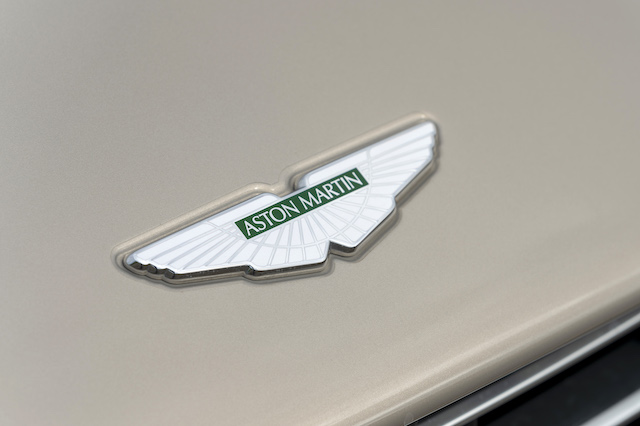
Aston Martin
Aston Martin was founded by Lionel Martin and Robert Bamford, two auto racing aficionados. Unfortunately for the latter, only the former’s surname made it on the company title. The duo began building their own vehicles and entering them in races. Once such race occurred in Buckinghamshire, England. Martin got behind the wheel in one of their creations – and won. The name of that course was the Aston Clinton Hill Climb.
Audi
August Horch, a pioneer in automobile engineering, founded his first manufacturing company in Cologne, Germany, in 1899. He named it A. Horch & Cie. Only a few years later, Horch had a falling out with the board and left the company to start a new one. When it came time to name this new enterprise, he ran into a problem. His surname was trademarked by the original company.
Horch was discussing the issue with a business partner, a conversation overheard by the colleague’s son. The boy happened to be fluent in Latin and suggested the name Audi. Why? Because the German word “horch” and Latin word “audi” have the same meaning: “listen.”
BMW
The acronym BMW is as straightforward as it gets. The company’s engines were first built in the southern German state of Bavaria. As such, it was given the name Bayerische Motoren Werke. In English, this translates to Bavarian Motor Works – BMW.
Cadillac
The company that became Cadillac was the second failed business of Henry Ford. (His third attempt would prove much more successful.) On the brink of dissolution, shareholders called Detroit machinist Henry Leland to assess the value of company’s assets. Instead, Leland convinced them to stay in business with the idea of combining the Ford chassis with an Oldsmobile engine to make a new vehicle. The reformed company’s name is a nod to Leland’s home city of Detroit, which was founded by French explorer Antoine Laumet de La Mothe Cadillac in 1701.
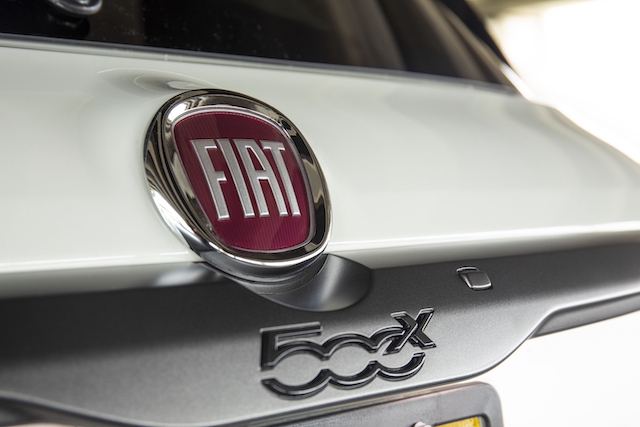
FIAT
The car company known FIAT was founded in Italy in the 1800s, with its factory located in Turin. Thus, it was named the Italian Car Factory of Turin. In the native language, this translates to Fabrica Italiana Automobili Torino, which was later shortened to the anagram FIAT.
Interestingly, fiat is a real English word, meaning an authoritative decree or order.
Hyundai
The Hyundai Engineering and Construction Company was established in 1947. The name Hyundai means “modern times,” deriving from the Korean word “Hyun,” meaning “modern” or “present” and “Dai,” which refers to “era” or “generation.” Twenty years later, the company started producing cars. The new business line kept the Hyundai name, which was an perfect description for the burgeoning enterprise.
Jeep
There is likely no car company name origin more debated than that of Jeep. Several theories exist, but no one seems to know which one is true. What we do know is where the vehicle originated. In 1940, the U.S. government opened a bidding process for a new small, four-wheel-drive military vehicle. Eventually, Willys-Overland was contracted to manufacturer the new vehicle, known as the Model MB. But with entrance into World War II imminent, the Army needed more vehicles than the company could produce. Ford Motor Company was enlisted to help in production, and it began manufacturing its version of the vehicle, known as the Model GP, short for General Purpose. This is where the naming controversy begins.
Many people believe “Jeep” came about from slurring the letters “GP.” But the word predates the vehicle. It was used as early as World War I to describe an unproven recruit or vehicle. The confusion might help explain why Willys filed for the Jeep trademark in 1943 yet wasn’t granted it until 1950.
But the most animated theory behind the Jeep revolves around, of all things, Popeye. The popular comic strip featured a character named Eugene the Jeep, a mysterious animal with magical powers. The creature could disappear and walk through walls, the perfect namesake for a vehicle famous for its impressive feats on the battleground.
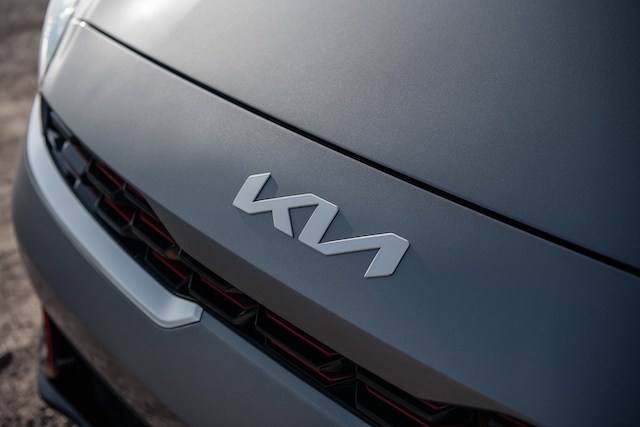
Kia
The name Kia is a compound word comprised of two Korean characters: “Ki” and “A.” The former means to “to rise from,” while the latter refers to East Asia. Put together, you get “to rise from East Asia,” an apt name for Korea’s oldest car manufacturing company.
Lincoln
Henry Leland, he of Cadillac fame, founded the Lincoln Motor Company with his son in 1917. He named the company after his personal hero, Abraham Lincoln. The 16th president of the United States was the first president Leland voted for. Unfortunately, the company fell on hard times and was later bought by the Ford Motor Company.
Lexus
In the 1980s, Toyota commissioned a branding agency to devise a name for its new line of luxury vehicles. The marketing firm came up with a list of more than 200 names. The frontrunner was “Alexis,” which evolved into Lexus. There are competing theories as to why Toyota settled on the name. Some say it’s an acronym for “luxury exports to the U.S.” or a combination of “luxury” and “elegance.” The company, meanwhile, states the name was chosen to represent luxury and high-end technology.
Mazda
In 1931, Japan’s Toyo Kogyo Company introduced its first vehicle, the three-wheeled truck “Mazda-go.” Toyo Kogyo was founded by a man named Jujiro Matsuda. Although his surname is spelled and pronounced very similarly to the word Mazda, he is not who the vehicle was named after. Instead, the title is a reference to Ahura Mazda, the god of harmony, intelligence and wisdom in Zoroastrianism, one of the world’s oldest religions. Toyo Kogyo executives believed the god symbolized both the beginning of Eastern and Western civilization, and of automotive culture. The fact that Mazda also sounds just like the founder’s name made it the perfect company title.
Mercedes-Benz
In the late 1800s, Austrian entrepreneur Emil Jellinek began commissioning Daimler cars to use in auto races, which were gaining popularity in Europe. He named his racing team after his daughter Mercedes. After some success, Jellinek agreed to purchase 36 new cars on the condition they be called Mercedes. When Daimler merged with the Benz company in 1926, the Mercedes-Benz brand was born.

Mitsubishi
Generally, a company’s name comes first, then its logo. Not in the case of Mitsubishi. Founder Yataro Iwasaki designed the company’s three-diamond logo as an homage to his family as well as that of his first employer, the Tosa Clan. The Iwasaki family crest consists of three stacked rhombuses and Tosa’s is of three leaves. As for the name, mitsu means “three” in Japanese, and hishi translates to “water chestnut,” (but the Japanese have long used it to describe a diamond shape.) When you add up these design and linguistic components you get Mitsubishi and its three-diamond logo.
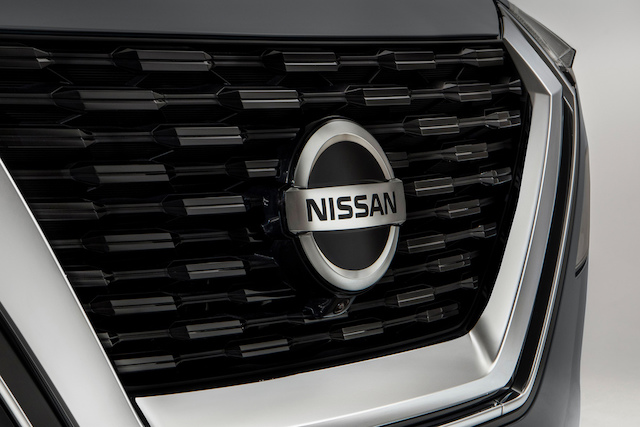
Nissan
In 1928, Japanese businessman Yoshisuke Aikawa founded a company called Nihon Sangyo, which loosely translates to Japan Industries. When it debuted on the Tokyo Stock Exchange, Nihon Sangyo was listed by its abbreviated ticker name: Nissan.
Subaru
The manufacturer of the Forester and Outback looked to the sky when naming its company. Subaru is the Japanese word for Pleiades, a cluster of stars within the Taurus constellation. The car company’s logo contains six stars. Five represent the five companies that merged to form what would become Subaru, the sixth star.
Tesla
As you probably assumed, the electric car company is named after Serbian-American inventor Nikola Tesla, who specialized in electrical engineering. Tesla died penniless in 1943. The company bearing his name is worth $1 trillion.
Toyota
Toyota is another car company named after its founder, but with a slight twist. The company was created by the Toyoda family. In Japanese, the spelling of the family name requires 10 brush strokes; however, Toyota requires eight, a lucky number in Japanese culture.
Volkswagen
The name Volkswagen was originally bestowed on the German car company’s first vehicle. Translating to “the people’s car,” the moniker was the brainchild of the car’s designer, Ferdinand Porsche. Eventually, the manufacturer took on the name Volkswagen, while the vehicle became known as the Beetle.
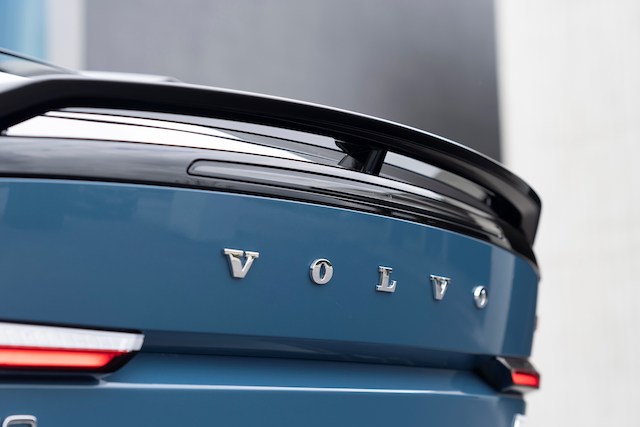
Volvo
Volvo began as a subsidiary of the Swedish ball bearing manufacturer SKF. When devising a name for its products, SKF landed on “volvo,” which is Latin for “I roll.” The company trademarked the name in 1915 with plans to use it on just about everything it made. That never materialized. Instead, “Volvo” stuck with the car-manufacturing business when it was spun off in the 1920s.
Want more automotive history? From seatbelts to stop signs, our auto history page has you covered.
3 Thoughts on “How Car Companies Got Their Names”
Leave A Comment
Comments are subject to moderation and may or may not be published at the editor’s discretion. Only comments that are relevant to the article and add value to the Your AAA community will be considered. Comments may be edited for clarity and length.

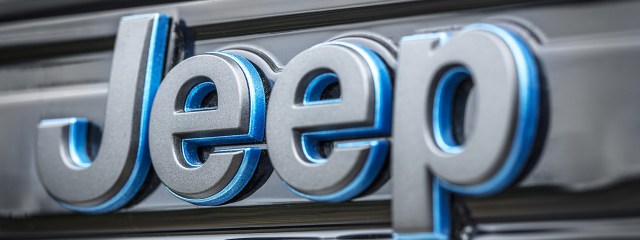


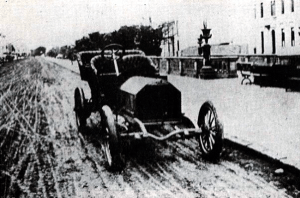










I seem to recall reading years ago about the origin of Jeep. It could just be urban legend but here it is. Supposedly the vehicle was ‘General Purpose’ in military parlance. The shortened acronym was G.P. which then became pronounced ‘Jeep’. True or false I don’t know.
You mention Ferdinand Porsche in the Volkswagen paragraph, but fail to include a paragraph on his founding of Porsche.
Very interesting stuff! I am now an elderly woman but, as a teenager I knew the names, years and models of all the cars rolling up and down Main St. – one way to impress the boys. Of course there were no “foreign” cars then so it was easier. My dad had a ’49 Jeep that he used for his business and it served as our family car as well. A few years later, always dreaming of owning a Cadillac, he purchased a used ’60’s ElDorado that floated. Fun memories…